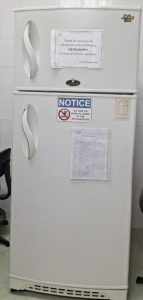
The Dental Materials Research Lab
The Dental Materials Research Lab conducts cutting-edge research to develop and refine materials used in dentistry, aiming to improve patient outcomes. It brings together experts from multiple disciplines to study the properties of dental materials like composites and ceramics. The lab is committed to driving innovation, addressing emerging challenges, and supporting future dental professionals through its work.
1-Universal testing machine:
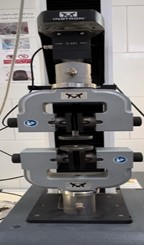
Tests involved :
1-Tensile strength test
2- Compressive strength test
3- Push out test
4- 3 point loading test
5- 4 point loading test
6- Biaxial test
7- Diametral tensile test
8- Shear bond strength test
9- Fracture toughness test
2- Thermo cycler test:
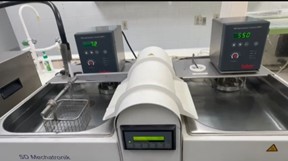
3-Micro- Hardness test:

4-Micro saw test:
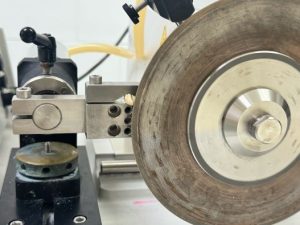
5-Microtome test:
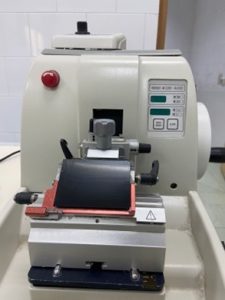
Pathology and Histology Lab
Pathology and histology are critical fields in medical science that focus on diagnosing diseases, understanding their progression, and informing treatment decisions.
Pathology and Histology Lab is a specialized facility where tissue samples are microscopically examined and analyzed, providing essential information that supports clinical care and medical research.
1-Pathology
Pathology is the study of diseases—specifically their causes, development, and effects on the human body. Pathologists examine tissues, organs, and bodily fluids using various techniques such as:
- Chemical analysis
- Molecular testing
- Microbiological methods
These tools help identify abnormal cells or tissues and confirm medical diagnoses.
Surgical Pathology
This branch involves the examination of tissue specimens obtained through:
- Biopsies
- Surgical resections
- Autopsies
The goal is to determine the nature and stage of a disease, particularly cancers and other complex conditions.
2-Histology
Histology focuses on the microscopic structure of tissues. It plays a key role in pathology by revealing cellular and structural details necessary for diagnosis.
Pathology and Histology Lab typically performs the following functions:
- Sample Collection: Tissues come from biopsies, surgeries, or autopsies.
- Preparation: Samples are fixed, embedded, sliced, and stained.
- Examination: Pathologists examine the samples under a microscope.
- Diagnosis: Lab Findings help diagnose conditions like cancer, infections, and autoimmune diseases.
- Research : the lab also support studies that improve diagnostics and explore new treatments.
Tissue processor:

Drying oven:

Microtome:
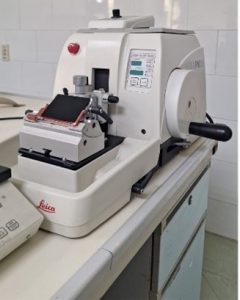
Water bath:
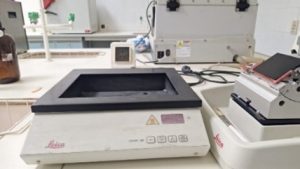
Embedding apparatus:
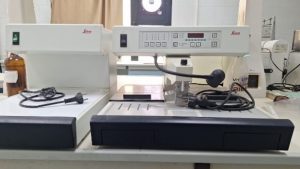
Linear stainer:
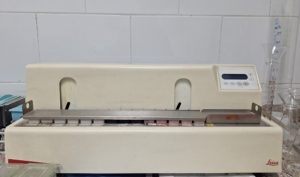
Image analysis system:
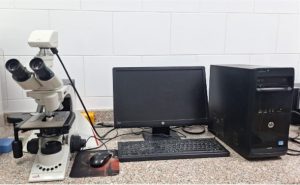
light microscope:
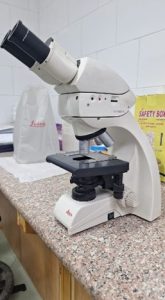
Refrigerator:
